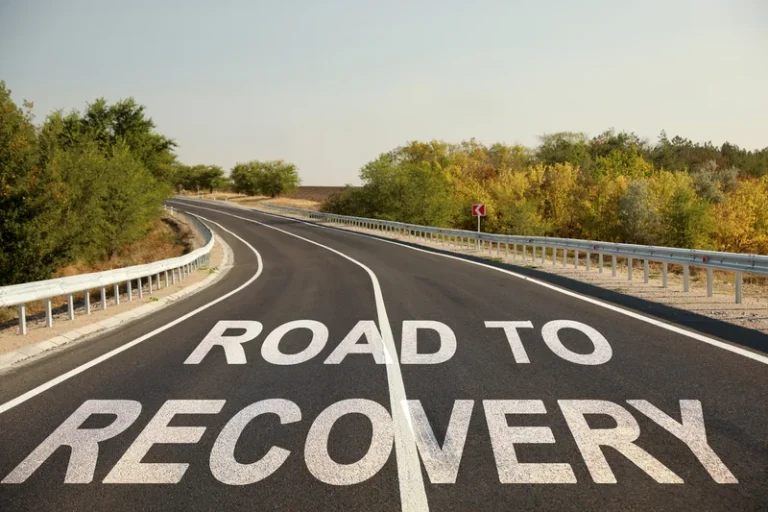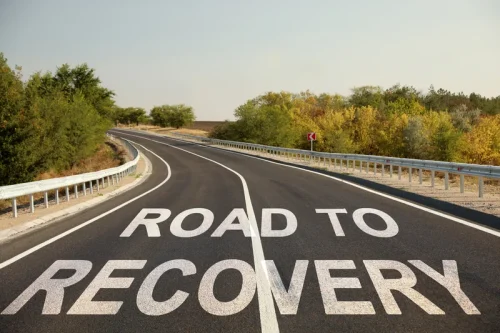Currently Empty: ₹0.00

You maintain a belief that you can stop any time you want—despite evidence to the contrary. That point substance abuse in older adults differs from one person to the next, due to many biological and situational variables influencing response to a substance. Addiction involves both the mind and the body—and every other facet of existence, because they all interact. There is no real distinction between physical addiction and psychological addiction. Substances of abuse affect the reward system of the brain, mediated by the neurotransmitter dopamine.

How Drug Use Starts
Prescription medications such as painkillers, sleeping pills, and tranquilizers can cause similar problems. Addiction to opioid painkillers can be so powerful it has become the major risk factor for heroin abuse. The first step of substance use disorder treatment is withdrawal management. This is where you stop taking the substance, allowing it to leave your body. Depending on the severity, a healthcare provider may offer medications to lessen the effects of withdrawal symptoms, as they can be rough physically and mentally. Social, emotional and mental isolation are common signs that someone needs help for a drug or alcohol addiction.
- Explore Mayo Clinic studies testing new treatments, interventions and tests as a means to prevent, detect, treat or manage this condition.
- For helpful advice, information, or admissions, please contact AAC free at .
- People who face a substance use disorder may isolate themselves from their partners, friends or family members to keep their addiction a secret.
- Psychological signs of drug abuse can include changes in a person’s thought patterns, attitudes, beliefs and priorities.
General Health
Mothers of adult children with serious mental illness or addiction may be frustrated that they can not do more to get their “kids” help. Addiction is often marked by multiple periods of abstinence and relapse. It is common for people to make many attempts at recovery before succeeding, and many experts in fact view relapse as a normal part of the recovery process.
Meth, cocaine and other stimulants
• Developing the unpleasant physiologic symptoms of withdrawal—shakiness, sweating, queasiness or vomiting, headache—when unable to take the substance. Withdrawal is a highly variable sign of addiction; it occurs with use of some drugs (alcohol, for example) but not others (cocaine); however, it often drives continuing use. Withdrawal can require medical treatment when a person abruptly stops heavy substance use. Drug addictions can be extremely costly, depending on the substance used. A person may repeatedly ask to borrow money from friends or family members or sell their possessions to maintain their drug addiction.

Inpatient Treatment
For example, many people are medically treated with opioid painkillers for a period of time and easily discontinue medication when pain remits. Likewise, alcohol is consumed widely around the world with meals and in social situations without resulting in addiction. The severity of addiction is only partially related to the amount of substance a person uses. The difference between mild and severe addiction is the number of the 11 DSM addiction criteria a person meets. The criteria relate to ability to control use, the negative impact use has on self and life, and the existence of physiological dependence.

Setting Healthy Boundaries in Relationships
- The number of criteria a person meets determines the severity of the SUD.
- People on hallucinogens may appear drowsy, panicked, or at peace, depending on the type of “trip” they are having.
- People often use drugs to change the way they feel, whether to increase pleasure or calm anxiety.
- However, it’s not just illegal drugs, such as cocaine or heroin, that can lead to abuse and addiction.
- But with continued use, a person’s ability to exert self-control can become seriously impaired.
In addition, addiction is typically marked by urges or craving—wanting a substance so badly it becomes difficult to think about anything else. The best way to prevent an addiction to a drug is not to take the drug at all. If your health care provider prescribes a drug with the potential for addiction, use care when taking the drug and follow instructions. People struggling with addiction usually deny they have a problem and hesitate to seek treatment. An intervention presents a loved one with a structured opportunity to make changes before things get even worse and can motivate someone to seek or accept help. Use of hallucinogens can produce different signs and symptoms, depending on the drug.

